You don’t need to leave the continental United States to experience some European flair. We scoured the hundreds of American towns founded by Europeans to find the 30 best places to enjoy things like European culture and food — all without even needing a passport!
We approached the task of putting together a list of the 30 must-visit American towns with a strong European heritage from the perspective of tourism, and so topping our list of things to consider was overall experience. We considered everything from architecture, to local cuisine, to fun customs and festivals, and everything in between. To narrow down our list even further, we considered such things as historical significance and other must-see sites not related to a town’s heritage. Finally, we included only those towns with populations fewer than 80,000 people (sorry, New Orleans). With hundreds of towns to consider in as vast a place as the United States, coming up with only 30 must-visit places was quite the challenge, but we’re sure we’ve done it!
Amana Colonies, Iowa
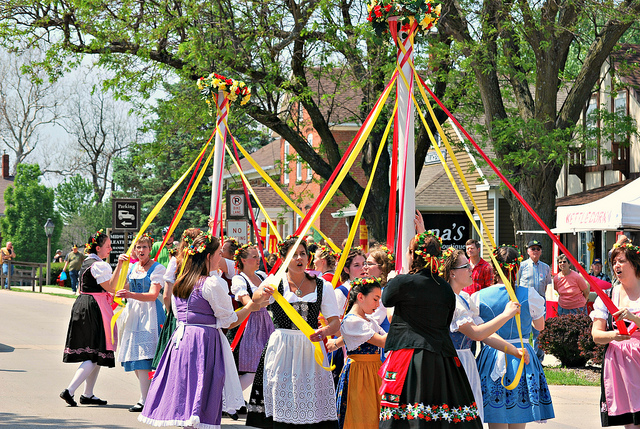
Tucked into the same area in which you’d find Iowa’s largest Amish and Mennonite communities are the Amana Colonies, a group of seven small villages that consist of the same old world charm as the aforementioned groups, but which embrace technology. Stop in at the Amana Heritage Museum to learn all about the region’s history as a settlement for Germans in the years before the American Civil War, then stop in at just about any local restaurant for an authentic German meal just the way Oma used to make.
Arnaudville, Louisiana
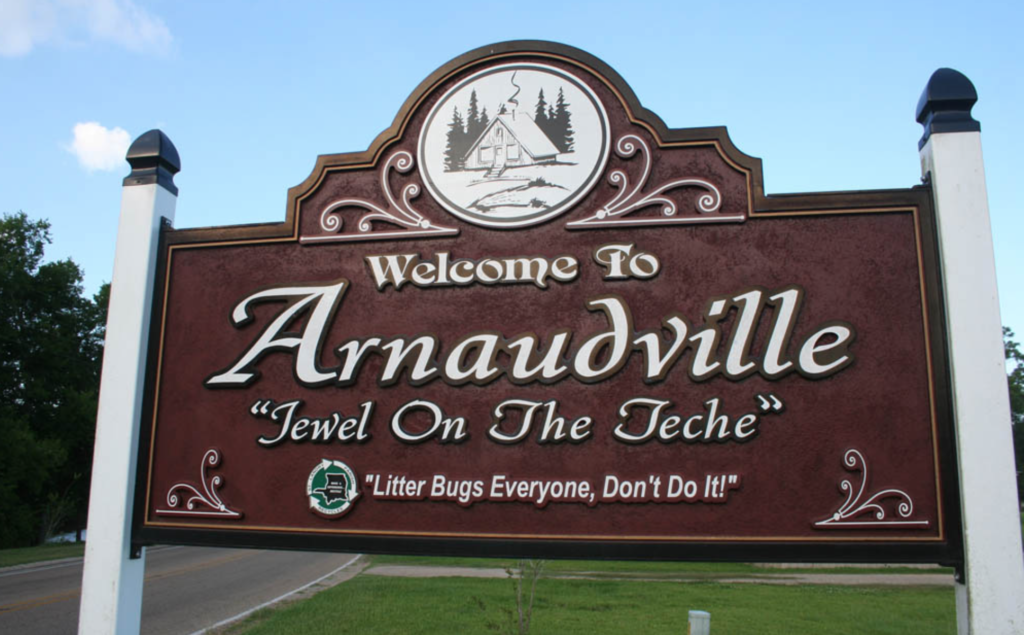
Nearly three centuries ago, Acadians migrated from the Canadian maritime provinces and northern Maine down to south Louisiana to escape the French and Indian War. Today, their unique culture and language remains alive and well in places like Arnaudville. Here, Cajun French appears on street signs, is heard on the television, and the only language spoken by \some local residents. You can even step into any Arnaudville restaurant and probably find traditional French, Acadian, and Cajun dishes.
Berne, Indiana
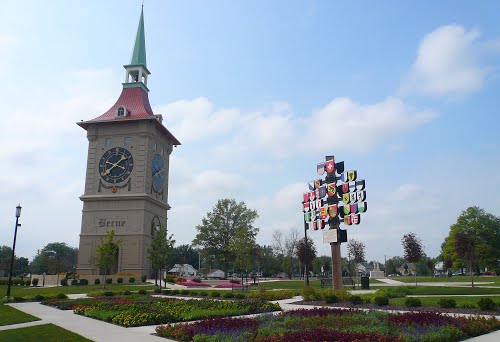
The Swiss immigrants who made their way to Indiana in the early 1800s named their new town after the capital of their beloved Switzerland. Today, this new Berne has retained much of its Swiss heritage, which is most apparent at the town’s Swiss Heritage Village. This fascinating outdoor museum is a year-round celebration of everything Swiss that has made up the town’s history, and features a number of farm buildings and houses, plus a full calendar of fun events.
Calistoga, California
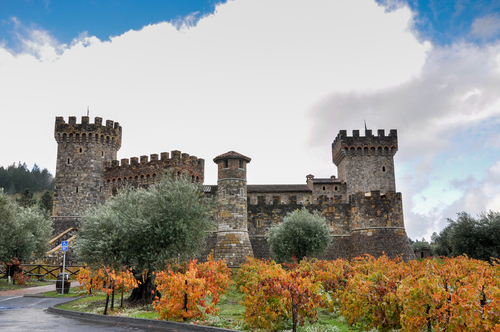
Calistoga, California may not be Tuscany, but it’s a world class destination all its own. Nestled into the Napa Valley, Calistoga boasts vineyards growing all kinds of grapes, including the characteristic Barbera grape which comes straight from Italy. Calistoga even has a literal piece of Tuscany — the Castello di Amorosa winery was inspired by a 13th-century Tuscan castle and was built in part by actual castle ruins.
Catskill, Hunter, and Purling, New York
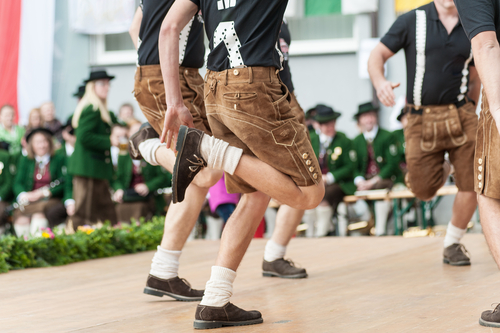
The town of Catskill, New York is nicknamed “The German Alps” for good reason. The whole region is dotted with little German towns, while Catskill itself is home to a number of authentic German-style restaurants and bakeries. Two annual European festivals take place in the region. The German Alps Festival, held each August in the town of Hunter, celebrates all things German through parades, costumes events, tasty food, lots of beer, and a great lineup of live music. Just a month earlier, the nearby town of Purling hosts the “Original” German Alps Festival, featuring folk dancing, arts and crafts, and lots of German food.
Ferdinand, Indiana
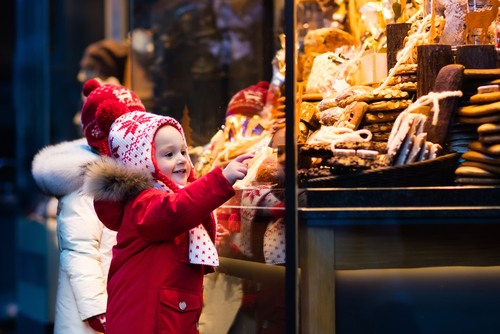
Christmas in Europe is nothing less than magical, and the small town of Ferdinand, Indiana makes for a great American replacement. Ferdinand holds a top-notch Christkindlmarkt each year on the third full weekend of November. Thousands of people come from all over to kick off the holiday season in Indiana, and to enjoy all of the market’s traditional features: artisans, church services, Bavarian foods, and tons more.
Frankenmuth, Michigan
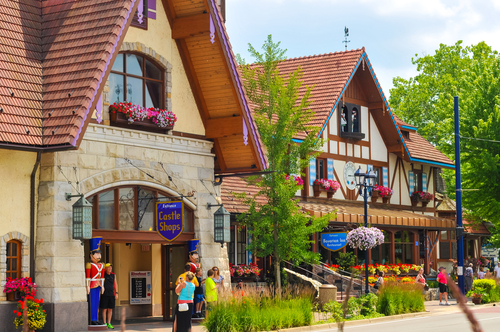
Frankenmuth, Michigan’s official website declares the town to be the ‘Little Bavaria’ of Michigan. Indeed, take a stroll through Frankenmuth’s downtown and the brightly colored buildings, with their windows and cut-out balconies and you might believe you’ve somehow landed in Germany. The town hosts a number of German-themed events year round, including a Bavarian festival and an especially charming Christmas event. But to see the town really come to life, join the thousands who make their way to Frankenmuth for the annual Oktoberfest celebration, when the whole town comes together to celebrate its German heritage with authentic music, lots of food, and of course, tons of beer.
Fredericksburg, Texas
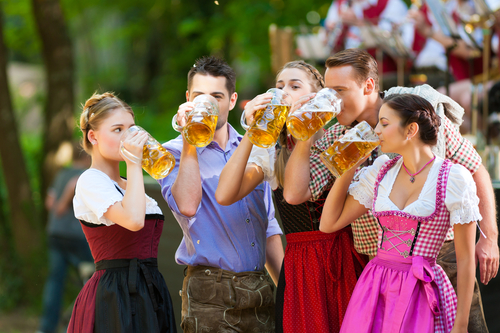
Fredericksburg, Texas has become well known as the “jewel of Texas Hill Country.” It was founded by German immigrants, and today is visited by hundreds of people each year looking to experience first hand Fredericksburg’s charming German traditions. Wander down Main Street and around the MarktPlatz to enjoy the various specialty shops and biergartens, or find your way to Fredericksburg in early October for the town’s famous Oktoberfest!
Gallipolis, Ohio
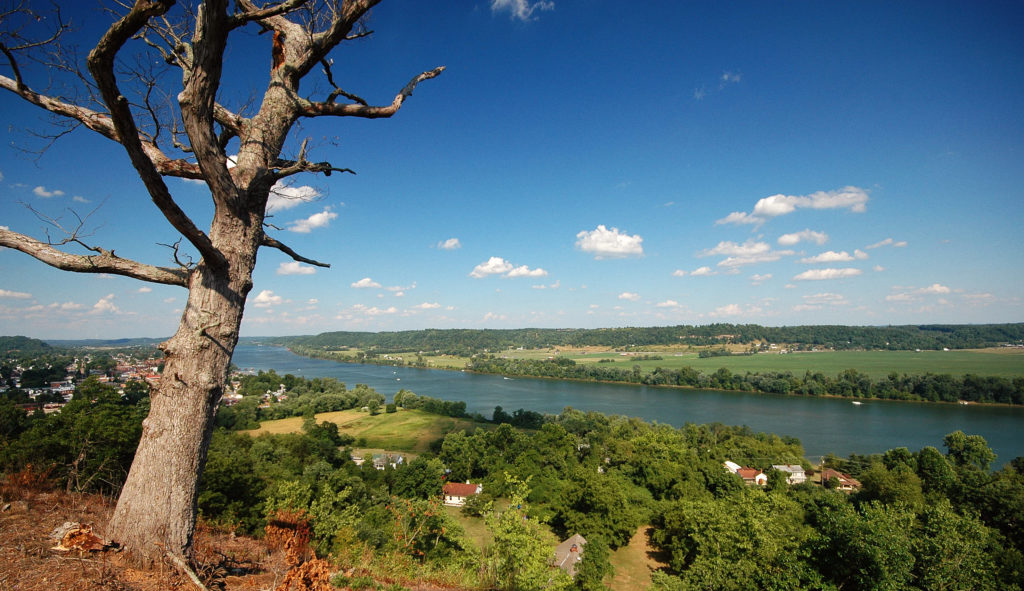
The village of Gallipolis, Ohio has a long and fascinating history. The town was founded in 1790 by a group of French aristocrats who were fleeing the French Revolution. Today, Gallipolis remains immensely proud of its French heritage. Many of the town’s main buildings have an architectural style reminiscent of France, while the downtown will make you feel like you’ve somehow traveled to France itself.
Gaylord, Michigan
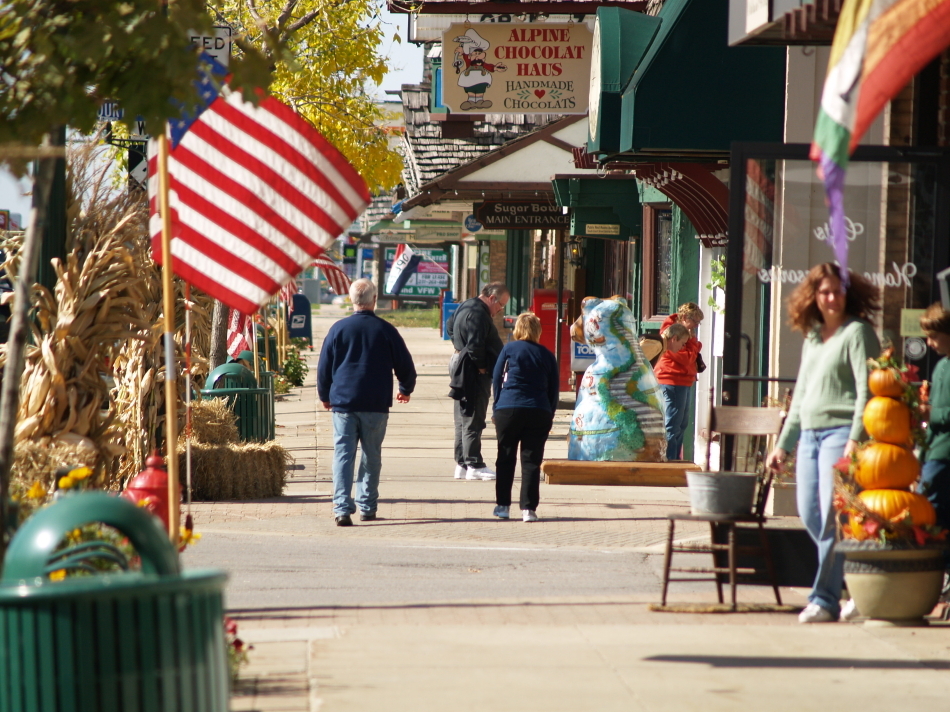
Like so many other towns in Michigan, the small town of Gaylord was established by Europeans. Though Gaylord spent most of its history as a pretty standard midwestern town, it rebranded itself in the 1960s as an “Alpine Village” because of the many ski resorts in the area. Stroll through downtown Alpenstrasse, designed after the main street in Gaylord’s Swiss sister city, and admire the views and Swiss architecture. Gaylord may be an “Alpine Village,” but its European flair is best enjoyed during the summer, when the town hosts its annual Alpenfest. The festival celebrates the town’s Austrian/Swiss/German heritage, and includes parades with costumed locals, Swiss yodeling, and lots of German beer.
Helen, Georgia
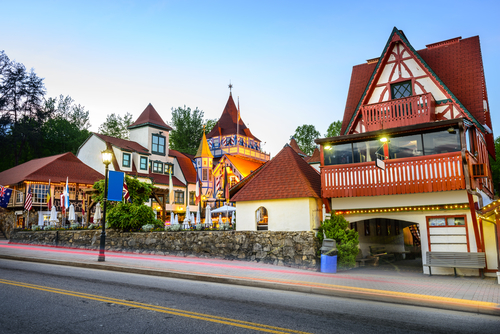
Though it’s located only 90 minutes from Atlanta, the small town of Helen, Georgia feels as if its a continent away. Helen was founded in the 1800s, but in the 1960s was almost entirely rebuilt to resemble an Alpine village like one might find in Germany or Switzerland. Come the holiday season, there is no better place to be than Helen. The town kicks off its elaborate Christmas calendar with Santa and Mrs. Claus riding into town in a sleigh, followed by a month of Christmas-themed stores, an authentic Bavarian bakery, and a festival with parades and crafts.
Hermann, Missouri
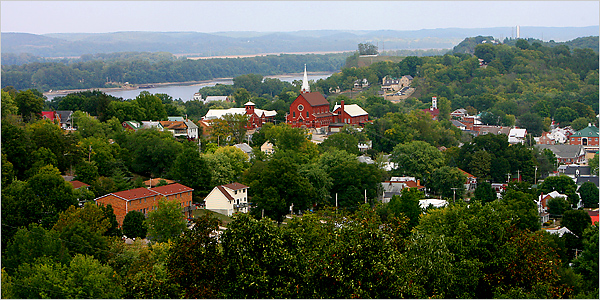
If you could see the small town of Hermann, Missouri from the perspective of a bird, you’d see exactly why a group of German immigrants chose this spot to be their home. The small town is situated right on the Missouri River, a nice substitute for the Rhine. This part of Missouri also enjoys a similar climate to that of Germany’s wine region, and even today a number of wineries exist in and around Hermann, a tribute to the town’s German heritage.
Hocking Hills, Ohio
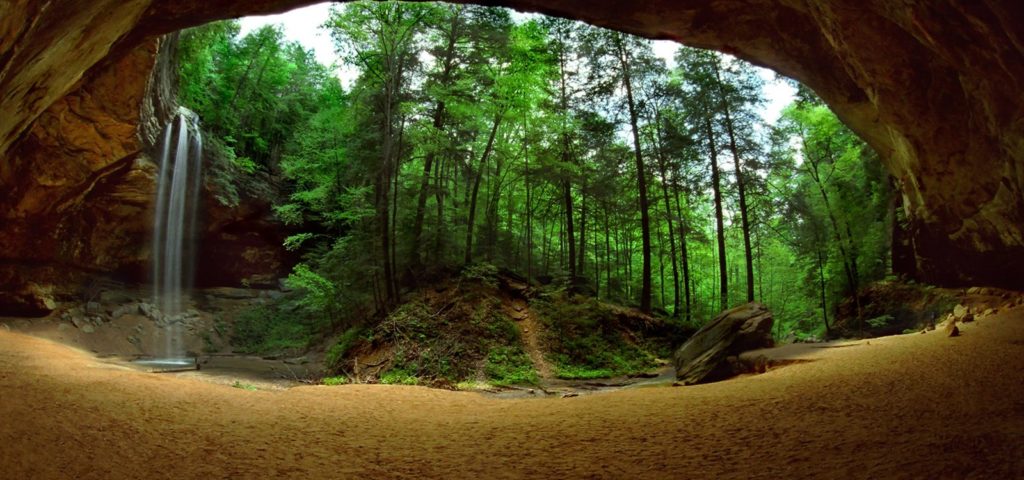
Head to Hocking Hills, Ohio and immerse yourself in Scottish heritage. This “town” is really a scenic state park that bears a sharp resemblance to the Scottish highlands. The park includes an inn consisting of cabins named after famous Scottish clans and a dress code that calls for either business casual or kilts. On weekend evenings, guests can be serenaded by professional bagpipers, while a January event held in the park celebrates the 18th-century Scottish poet Robert Burns.
Holland, Michigan
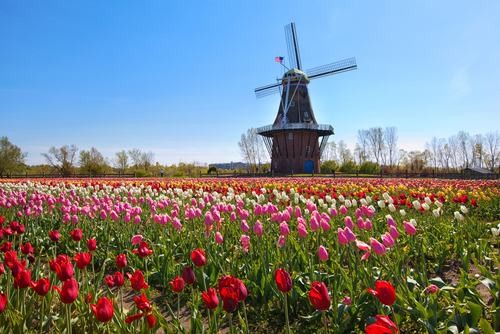
Holland, Michigan was founded by, you guessed it, Dutch settlers who had made their way to Michigan. The town boasts everything from traditional Dutch architecture to many Dutch Reformed churches. In spring, Holland hosts its own Tulip Time Festival, a celebration of all things Dutch — from tulips and Dutch costume, to wooden shoes and Dutch architecture.
Kutztown, Pennsylvania
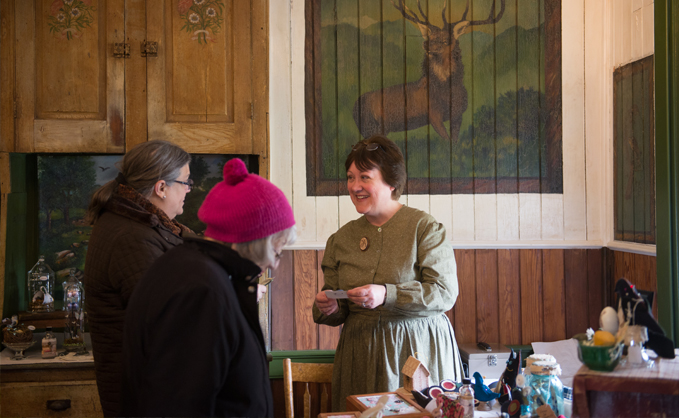
Come to Kutztown, Pennsylvania in July to enjoy the Pennsylvania German Festival. Held annually since 1950, the festival boasts lectures, folk songs and dances, and lots of authentic German food, including shoofly pie, a local favorite. Of course, festival time isn’t the only time of year when Kutztown enjoys a particularly European air. The town is host to the Pennsylvania German Cultural Heritage Center, sponsored by Kutztown University, which includes a genealogical research center and a restored farmhouse like those in which the first settlers to the area lived.
Leavenworth, Washington
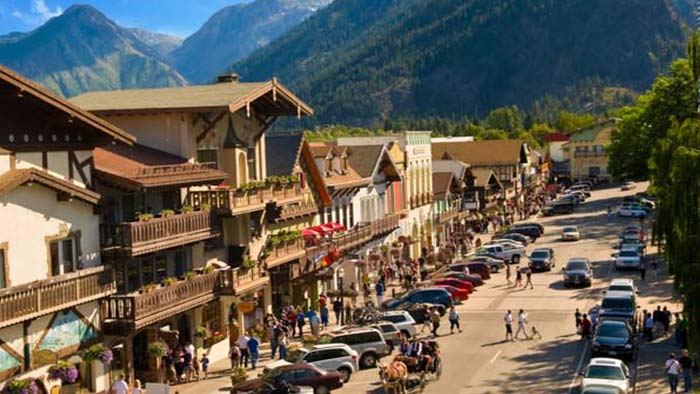
Instead of paying thousands of dollars to go to the real Bavaria, simply head to Leavenworth, Washington! The town, located about two hours from Seattle, was modeled after a Bavarian village and comes complete with wood-accented exteriors and flower-covered balconies. Leavenworth attracts visitors all year round. Head to Washington in October for the town’s Oktoberfest festival, or go in December where Leavenworth’s downtown becomes a traditional Christkindlmarkt with Christmas shops and Christmas-themed restaurants like The Gingerbread Factory.
Lindsborg, Kansas
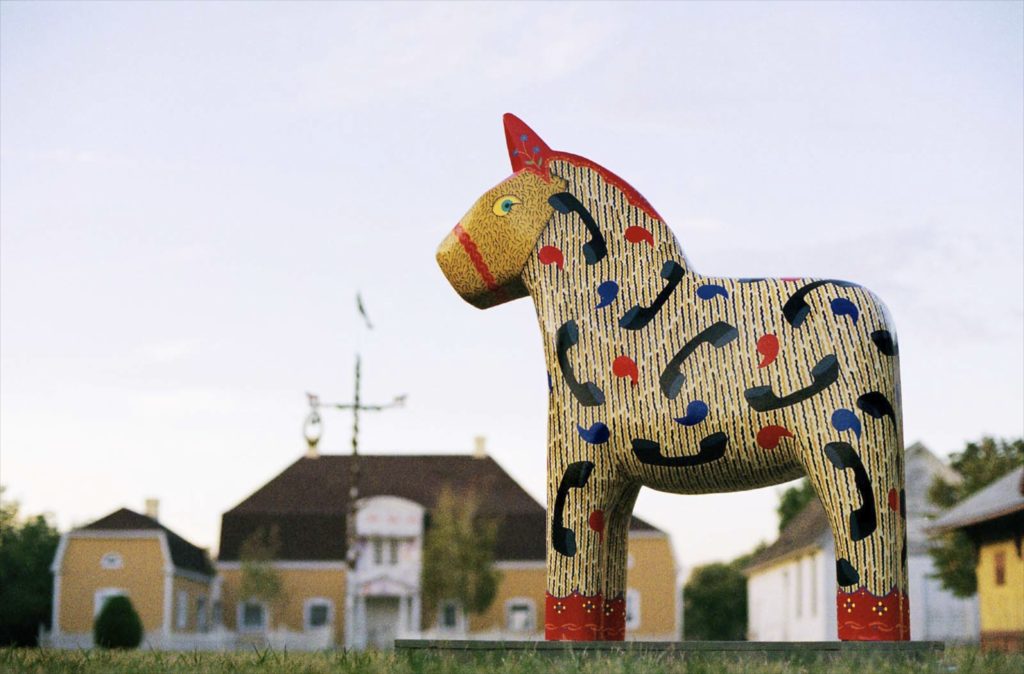
A little piece of Sweden can be found in Lindsborg, Kansas. Lindsborg’s charming downtown is lined with Dala horses, a colorful folk art traditional to Sweden; specialty stores selling Scandinavian crafts; and traditional restaurants and cafes that serve authentic Swedish pancakes — topped with lingonberries of course. Finally, don’t leave town without making a visit to the Swedish Pavilion, a historic building that has held many uses throughout its lifetime.
Minot, North Dakota
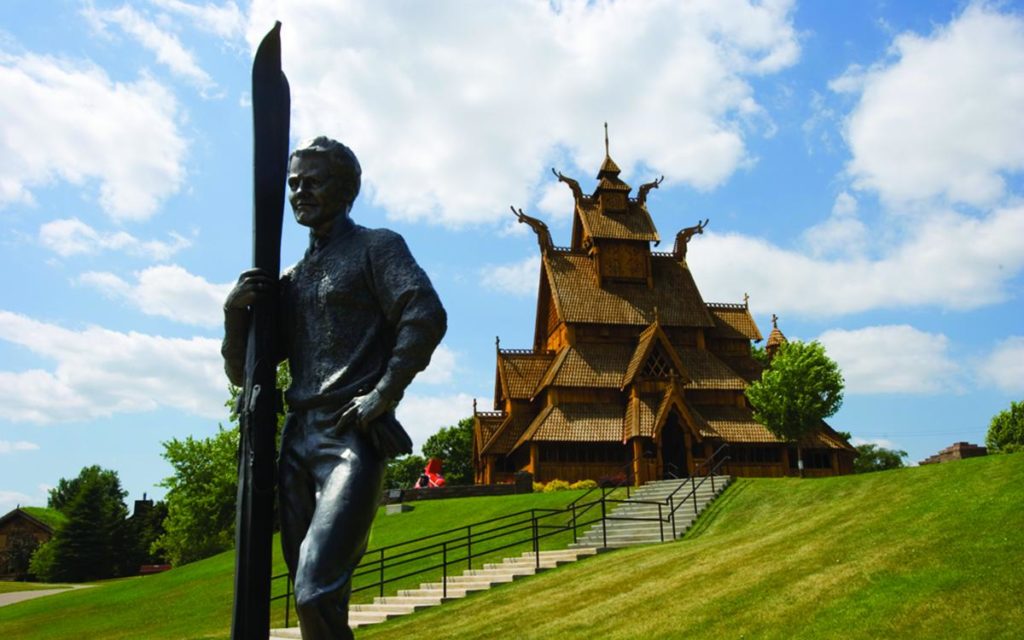
Minot, North Dakota is home to an active Scandinavian Heritage Association. In a nearby park, a beautiful replica of a Norwegian storehouse sits to be admired by locals and visitors. Interestingly, the storehouse was built in Norway itself, and moved to North Dakota later. If you can, make the trip to Minot during its annual Scandinavian festival, the largest of its kind in the entire United States.
New Braunfels, Texas
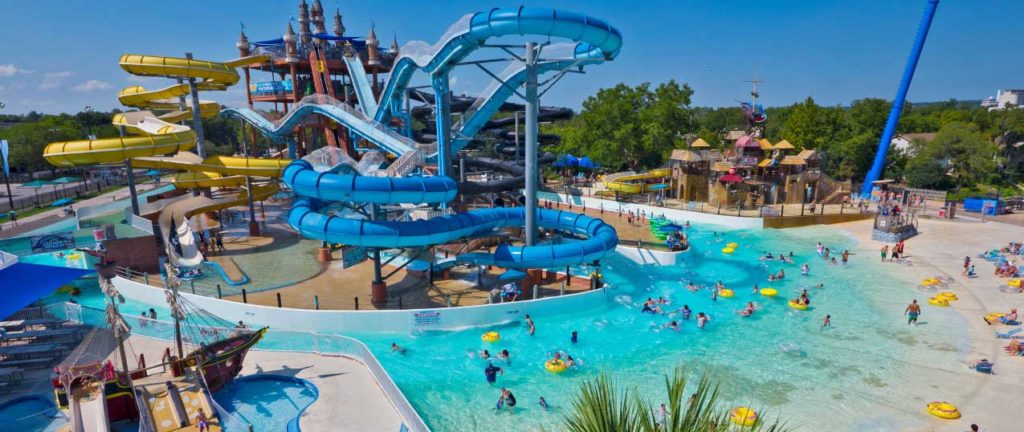
They may wear cowboy boots in New Braunfels, Texas, but this small town has quite the German flair. Founded by German immigrants in 1845, New Braunfels has maintained its European heritage in everything from its architecture to the food served in its favorite restaurants. New Braunfels is even home to Schlitterbahn, a German-themed water park that is immensely popular — if not quite as authentic — on a hot Texas day.
New Glarus, Wisconsin
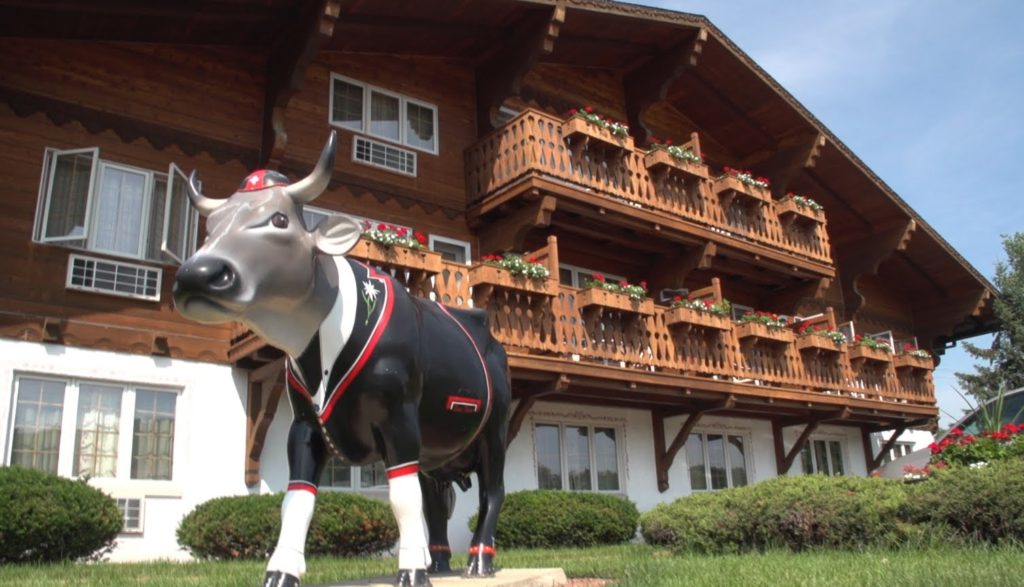
New Glarus, Wisconsin is a charming small town with a proud Swiss heritage. The town was founded by immigrants from Switzerland, and every year the town honors its past through a series of fun festivals and events. Downtown, locals and visitors can find myriad shops selling everything from Swiss cheese and chocolate, to traditional Swiss crafts and gifts. New Glarus is also home to the Swiss Center of America, the only Swiss heritage organization in the United States.
New Ulm, Minnesota
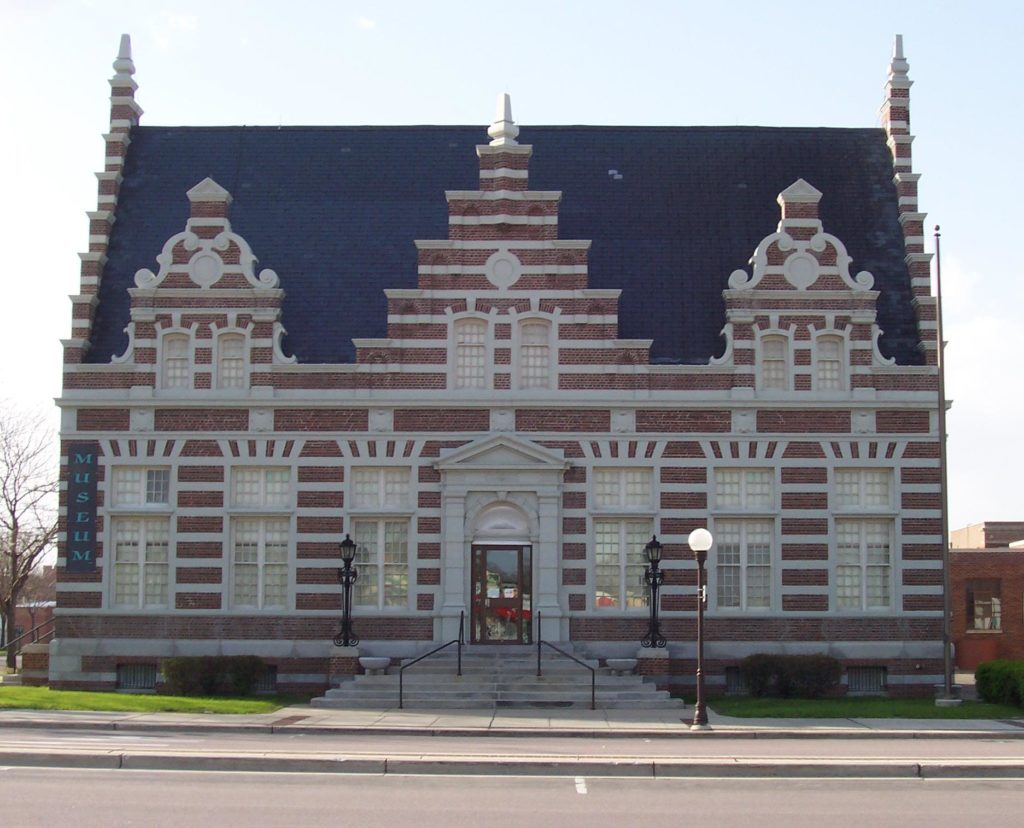
As it’s name suggests, New Ulm, Minnesota was inspired by the Ulm of Germany. Downtown, visitors can study the glockenspiel in between rounds of beer at the local brewery. Stores sell everything from Milka bars to garden gnomes, while multiple restaurants serve the best of German fare. Before leaving town, catch a glimpse of the statue the locals call Hermann the German, a Germanic warrior of who victoriously fought Roman invaders in the first century.
Oldenburg, Indiana
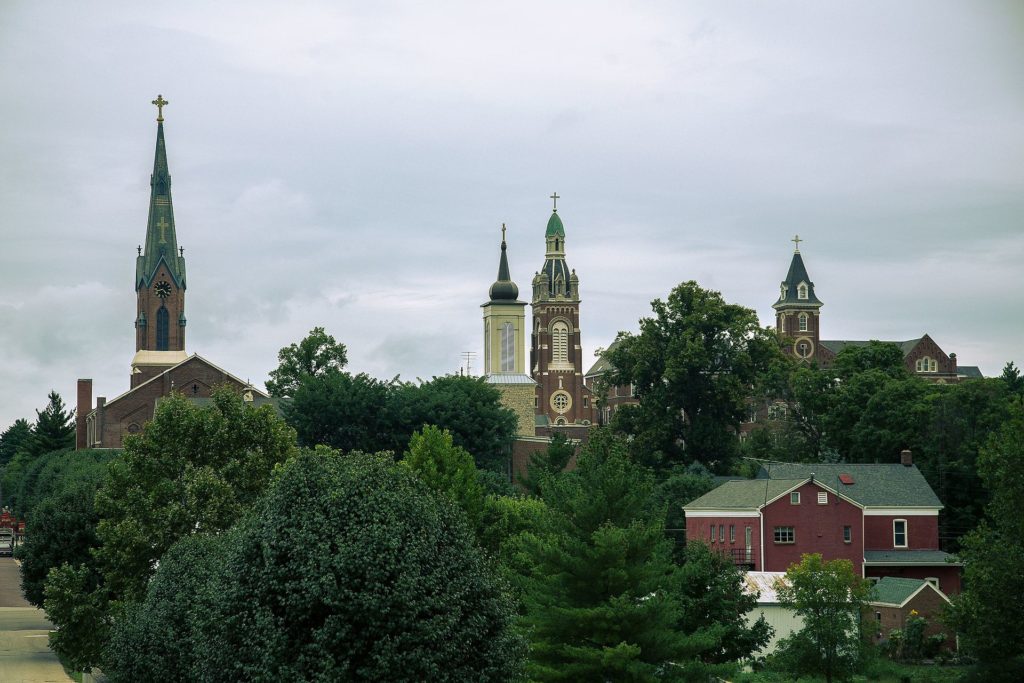
Considering people of German descent make up a whopping one-third of Indiana’s population, it should come as no surprise that the state is home to so many charming small towns with a European heritage. One such small town is Oldenburg, founded in 1837 and listed on the National Register of Historic Places. One look at the town from afar and it’ll be easy to see why it’s nicknamed the ‘Village of Spires.’ Oldenburg is home to dozens of churches built in the traditional German style, complete with tall spires. Visit Oldenburg at any time of year to enjoy its churches, plus the German street signs and authentic restaurants and bakeries, or try to make it for one of the town’s many annual festivals, such as the Freudenfest (“Festival of Joy”).
Orange City, Iowa
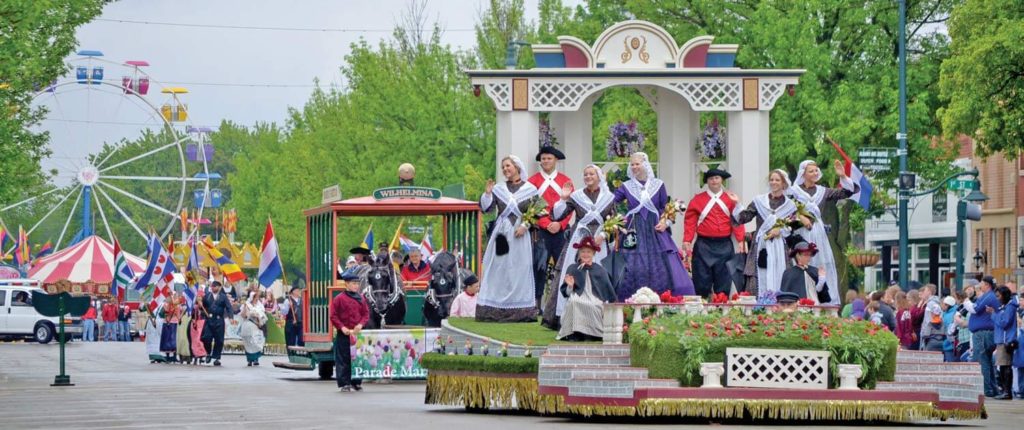
Orange City, Iowa is a quaint and charming little town founded by Dutch settlers in 1870. The town is full of colorful examples of Dutch architecture, including a few little windmills and a century old house turned interesting museum. While any time of year is a good time to enjoy Orange City, the small town and its population of just over 6,000 people come alive during the annual Tulip Festival, a three-day celebration that draws thousands of people from all around the region.
Pella, Iowa
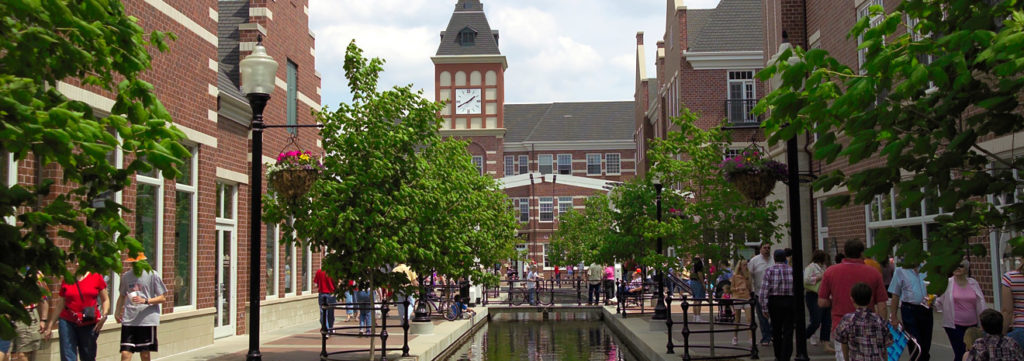
Satisfy your Dutch craving with a visit to Pella, Iowa! Buildings of characteristic Dutch architecture line the main streets (stop into Vander Ploeg for some Dutch apple bread), while the highlight of Central Park is undoubtedly the Vermeer Mill, the largest of its kind in the U.S. Come spring time, Pella hosts its annual Tulip Time festival, during which people flock to town wearing traditional Dutch costumes and to enjoy tulips, dancing, parades, and food.
Solvang, California
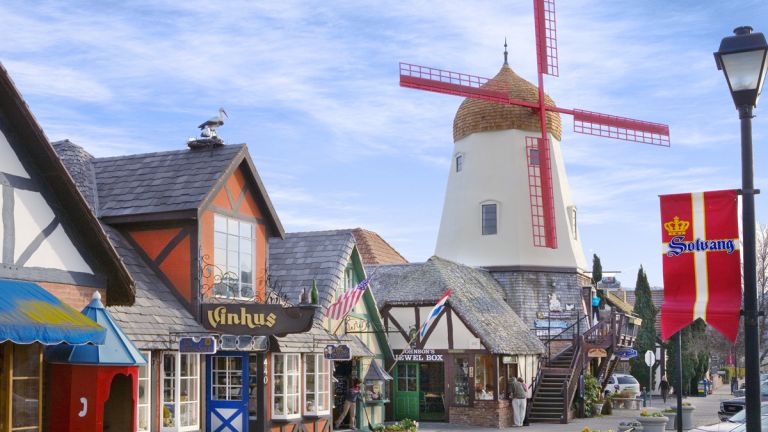
Nestled into California’s stunning Santa Ynez Valley is Solvang, the “Danish Capital of America.” Solvang, which was founded by Danes, is mighty proud of its Scandinavian heritage. The charming downtown area looks as if it’s come straight from the pages of a Hans Christian Andersen novel — though the Little Mermaid statue, just like the one in Copenhagen, might have something to do with that. Each September, Solvang hosts Solvang Danish Days, a weekend festival that includes parades, traditional food and crafts, and Viking displays, among other things.
St. Augustine, Florida
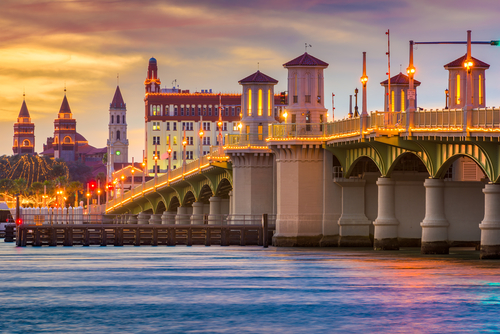
St. Augustine was founded in 1565 by the Spanish, and since then, its claim to fame has been as the oldest continuously occupied European settlement in America. Visitors will find dozens of examples of fine Spanish architecture, lots of narrow brick lanes, and houses with balconies and elaborate flower arrangements. The city pays tribute to its Spanish past with a number of monuments and historic sites, including the Castillo de San Marcos, Fort Matanzas, and the Spanish Military Hospital Museum.
Tarpon Springs, Florida
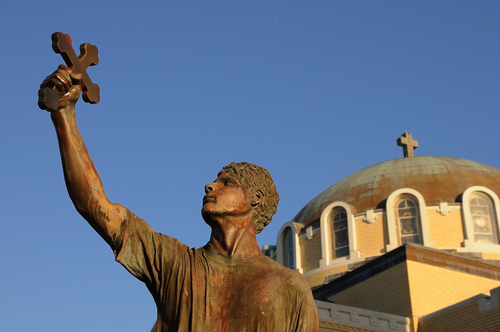
Situated on the Gulf Coast of Florida is a little piece of Greece that goes by the name Tarpon Springs. In the 19th century, the town attracted enough Greek immigrants to become known today for the highest percentage of Greek-Americans in the United States. If it’s Greek food you’re after, head down Dodecanese Boulevard and check out such local favorites as Hellas Restaurant and Bakery, where you won’t find chocolate-covered baklava this good on this side of the Atlantic.
Vail, Colorado
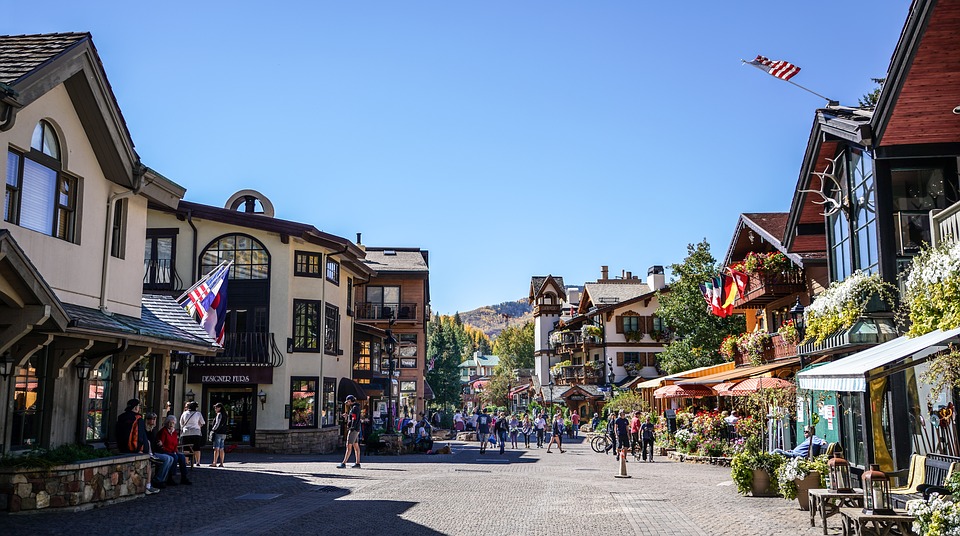
The charming town of Vail, Colorado is an appropriate addition to our list. As Switzerland is the chosen ski destination for hundreds of Europeans each year, so too is Vail for American ski bunnies. Like Switzerland, Vail’s whole general culture revolves around the mountains. The heart of Vail town was even modeled after Zermatt, Switzerland, complete with buildings to resemble Swiss chalets.
Venice, California
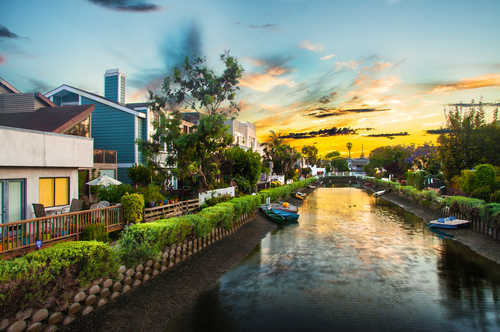
Though it’s known more for its muscular beach bums and laid-back surf scene, the small Southern California beach town of Venice, California has a surprisingly European feel about it. Not only was the town named after the much more famous Venice in Italy, but city planners even included man-made canals and walking bridges to resemble the Italian ones — which is ideal since, also like the Italian Venice, cars aren’t allowed in much of the town.
West, Texas
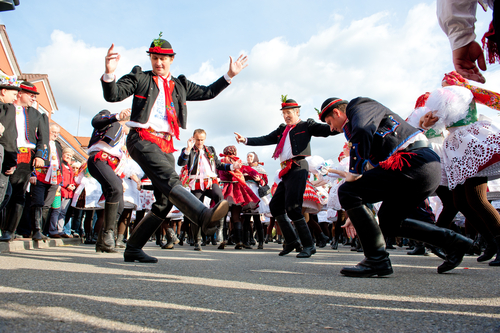
Situated right between Dallas and Austin is the small town of West, Texas. It was founded in the late 19th century by a group of Czech immigrants, and has retained much of its European heritage. Tons of local restaurants offer traditional Czech dishes like kolache and pierogi, while traditional Czech gifts can be found at specialty stores all around town. Each year West hosts a weekend-long festival aptly named West Fest, during which visitors and locals alike celebrate everything Czech!
